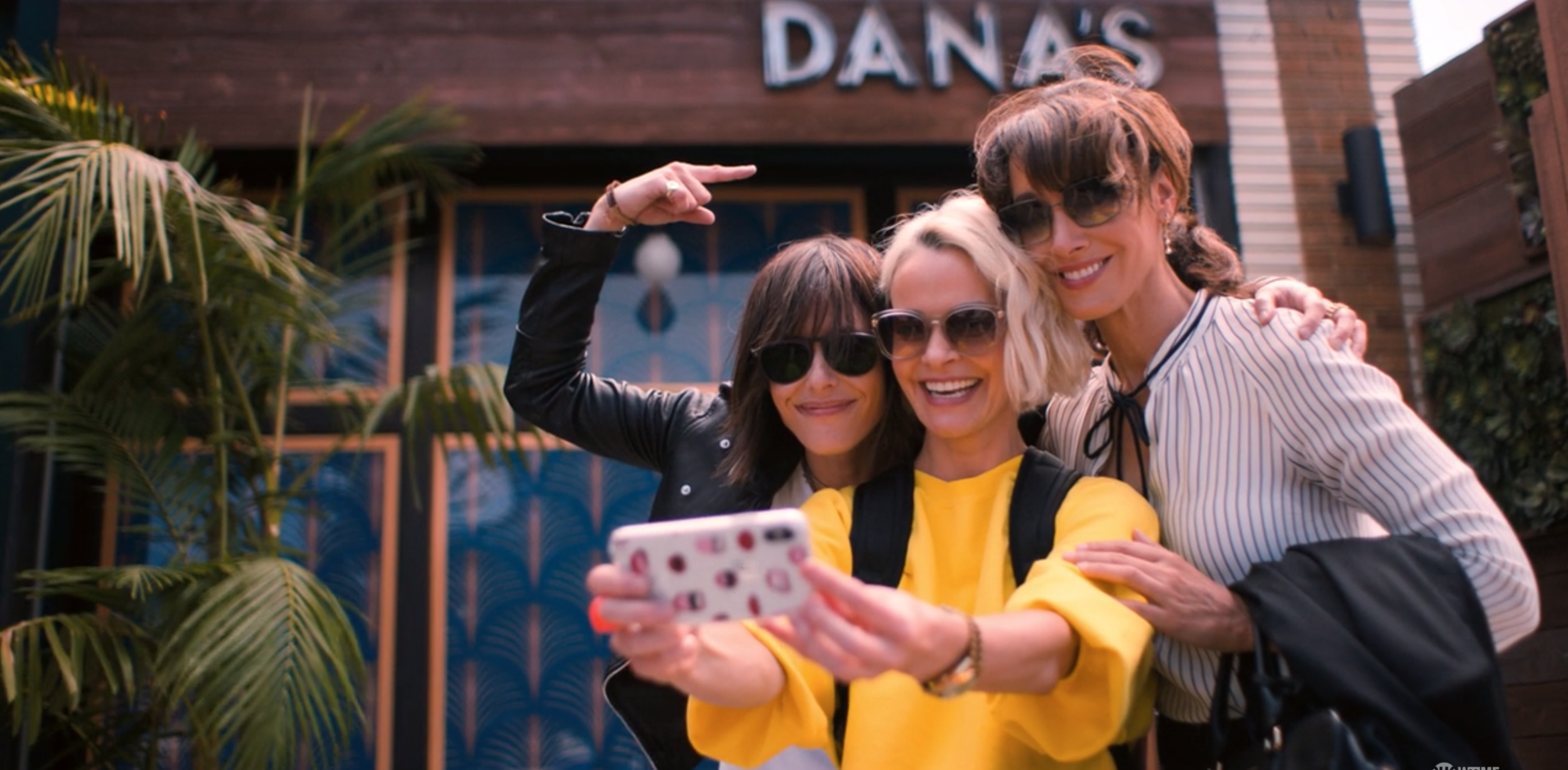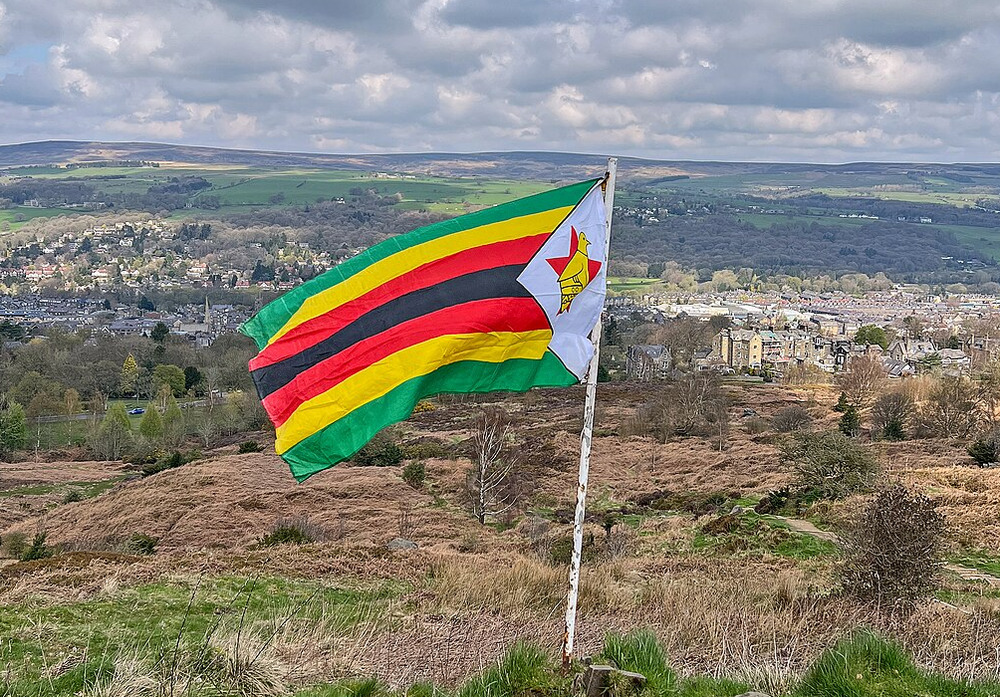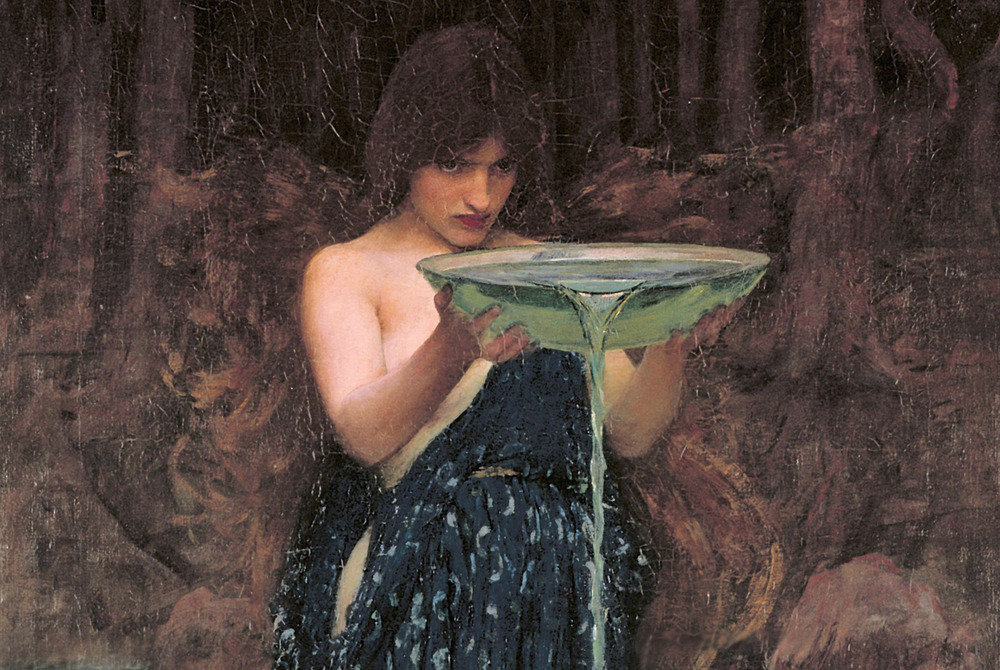essays
Actually, I Want To Go Where Nobody Knows My Name
The anonymity of lesbian bars and queer spaces gives us the freedom to reinvent ourselves

Leave signs of struggle.
Leave signs of triumph.
And leave signs.
-Cheryl Clarke
I seek out gay bars in every city I visit. In Denver I find myself lighting one cigarette after another at a bright lounge with the writers Vi Khi Nao and Steven Dunn. Vi and I are in town for a reading, the last stop on my book tour. After the event, we pile into Steven’s car and drive towards the highway. The bar’s parking lot is flooded with muddy yellow light. The tarmac empty save a few SUVs with stickers that say “I’d rather be Climbing” and “Who Rescued Who?”
Inside we stand in line at a wide wooden bar flanking a deserted dance floor. Clots of men in khakis and fleece vests lean against mirrored walls and abandoned Plexiglas cages where dancers once writhed under the blue and white lights. I stare up at the motionless disco ball and try to picture the bar as it might’ve looked during its heyday: a fog machine pumping white clouds obscuring a smorgasbord of bodies, bottles, powders sniffed and swallowed on the floor. In this scene, I root through the night with my mouth, awash in blue lights. Every pore an orifice.
I don’t tell her that I’ve always wanted to live in a different world.
When the bartender hands me my gin, I snap out of my daydream. I remember I’m not at that bar tonight. I’m in this one, and there are cornhole boards in the corner. Flat screen TVs blast reruns. Outside by the picnic tables, an oiled tequila ambassador is handing out free shots. I down one as Vi tells me about her many nights at lesbian bars in Vegas in the mid-2000s. “Another time, another world,” she says. I don’t tell her that I’ve always wanted to live in a different world. “Escape,” she says. “The tourism industry in Vegas meant you never saw the same woman at the same bar twice.” A dyke scene without cliques! I lean in. Vi mouths the words, “cowboy boots,” “acrobat,” and “ropes.” I listen until the lights click on. Perhaps I’ve always preferred the story about The Bar to the thing itself.
Like many queer women in my generation, I encountered the lesbian bar first through books. I swallowed whole the boozy opening pages of Michelle Tea’s Valencia, set in the Lexington Club, the last remaining lesbian bar in San Francisco when it closed in 2015. I watched documentaries like Last Call at Maud’s with a distinct sense of saudade. The oral histories I devoured centered the pre-Stonewall era when bars were key gathering places for lesbians in an otherwise hostile society. For many lesbians, the emergence of bar culture in the 1920s and 30s marked a shift from domestic isolation to public social life. The bar’s primacy waned only in the 70s when new avenues for queer socialization opened up thanks to the successes of gay liberation and feminist movements. At this time, many women also established feminist publishing collectives, small presses, bookstores, and newsletters. These materials were often distributed directly through lesbian bars and increasingly offered an alternative to bars as the primary source of information about lesbian culture. By the late 1980s, the lesbian bar was a declining institution. I still mourn this loss.
Most of the bars I visit no longer exist. There are in fact no lesbian bars left in Los Angeles, a common phenomenon in U.S. cities. I tour abandoned parking lots, take pictures of locked doors. In Laguna Beach I eat tacos at Avila’s El Ranchito, the chain restaurant that occupies the building that formerly housed two different gay bars. As I tour these spaces, I begin to wonder why exactly I mourn their loss when I have no personal connection to them. More important, why do I struggle to imagine an authentic lesbian culture outside the bar? To find out, I sleuth the only way I know how: I open one book then another.
For weeks I hole up in bed and read pulp paperbacks from the 1950s. The pages yellow with age. They come unglued as I read. The books, like the stories themselves, were disposable by design. Their ephemerality encouraged experimentation. Enter the lesbian pulp novel.
While most lesbian pulps were initially marketed to a straight, male audience, their authors and readership were increasingly gay and women-identified. As sales increased through the 50s, a subgenre of pro-lesbian pulps emerged. In 1957 Ann Bannon’s Odd Girl Out was a best-seller, and it concerned two sorority sisters, Laura and Beth, who fall in love. Despite Laura’s desire for Beth, Laura doesn’t fully realize, or admit, she’s a lesbian until she walks into her first lesbian bar in the next serial I Am A Woman. In the pulp universe, the bar represents a threshold: Laura’s evolution into a barfly marks her transition from confused sorority girl to certified dyke.
The Bar in lesbian pulps is synonymous with transgression and risk. A place where police raids, voyeurism from heterosexual tourists, and drunken rows between lovers are all pressing threats. A place where desire itself is often experienced as both liberation and violation. Under the red lights, our heroine might discover any number of uncomfortable facts about herself, such as whether she desires women, another gin, or to go home alone after all. Any of these realizations can be unwelcome, disorienting, or freeing. One synonym of risk is possibility.
The pulp novel’s framing of lesbian dives as clandestine sites of risk contrasts sharply with modern depictions of the bar as a safe space. In nostalgia-tinged documentaries like Last Call at Maud’s and The Boy Mechanic, the lesbian bar of the 60s and 70s is a place set apart from homophobic society, free from judgement, abuse, and the lecherous gaze of men. “I felt the bar was the most open, honest, free place a woman could be,” Rikki Streicher, Maud’s owner, told filmmakers in 1989. Patrons likewise call the bar “a kind of home,” “support system,” and “a place to be together.” An emphasis on community also pervades more recent bar tributes. In a 2015 essay Lauren Morrell Tabak describes The Lexington as a “beacon of hope…THAT MYTHICAL PLACE of openness and acceptance, where you could find friends, lovers, community.”
I spend years trying to find these bars. I give up the search when I find a copy of Jane DeLynn’s Don Juan in the Village at a swap meet. As I wait in line to pay, I read the opening page: “I could never quite decide whether going to The Bar made me feel better or worse, and until I had made this decision there was no reason not to go.” I read on. Through fourteen interlocking tales of sexual conquests and failures, the unnamed narrator recounts the many nights she’s spent in lesbian bars over three decades. In Don Juan, the narrator’s love of The Bar is metaphysical. What matters is not what happens in The Bar, or who she meets there, but the stories she tells herself about her nights out.
We need places where we are not only welcomed but desired.
“Disillusionment had already begun to set in,” says the narrator as she approaches yet another gay disco on vacation. She finds the club through a guidebook. Guidebooks were then one of the only resources for the uninitiated to find lesbian-friendly spaces. Inside The Bar she is met with disinterested looks. When she asks a woman to dance, the woman laughs at her and her gold pants. Nonetheless, she persists. “I was dying to leave,” she says, “but I forced myself to go back to the bar and order a drink.”
For Don Juan’s narrator, The Bar is not a site of automatic community but deep ambivalence. Like the other barflies, the narrator assesses the women she meets based on their wit, physical fitness, class position, drug preferences, and other petty things. This impulse disgusts her. Her disgust alone does not stop her. DeLynn shows how toxic social hierarchies, rooted in racism, classism, ageism, and ableism, do not disappear in the lesbian bar of the 70s, 80s, or 90s. As Audre Lorde has pointed out – the society within The Bar “reflected the ripples and eddies of the larger society that spawned it.” In Zami Lorde complicates easy narratives of unity and exclusion within the lesbian bars of New York in the 1950s. While Village bars were the only places where Lorde saw black and white women making “any real attempt to communicate with each other,” those spaces were “only slightly less hostile than the outer world.” Lorde describes discriminatory door policies and her invisibility as a black woman in largely white barrooms, highlighting how places shape not only who and how we desire but also our conception of our own desirability. As Lord and DeLynn remind, we need places where we are not only welcomed but desired.
Desire is why we walk inside. Desire to be seen. Desire to lose ourselves in a drink, dark room, crush of bodies. Perhaps this is why the most thrilling part of The Bar is often the drive over. When the air is thick with possibility. I admit: many gay bars are disappointing. Whether deserted outposts in edge cities or slick cocktail lounges bathed in lasers. I still go. Of going out, Jeremy Atherton Lin says, “It’s not about holding out for a good night, but rather, a letting go – accepting the gay bar’s unconvincing promise of escape.”
I didn’t go out to be myself so much as to discover who else I might want to be.
While some prefer a dive where everyone knows their name, I like spots where I can be anyone. I didn’t go out to be myself so much as to discover who else I might want to be. This was especially the case when I started cruising dating apps in my early thirties. I had recently ended a ten year relationship. None of the bars or coffeehouses where I met dates were designated queer spaces. The port town where I lived, once a popular cruising spot for sailors, was now home to a handful of shotgun dives with names like Rebels. I met my girlfriend at the latter. I took many dates to this bar. The woman bartender wore knuckle rings that spelled out B-I-T-C-H. She never acknowledged me when I sat down on the stool, even when I saw her five nights in a row.
Much has been written about the rise of apps and the decline of gay bar culture. For some critics, apps represent a hostile tech takeover of the most sacred of human experiences. I’m sympathetic to this line. Yet, as Michael Warner has noted, the institutions of culture-building in the gay and lesbian movement have always been market-mediated from bars and resorts to magazines and bookstores. It’s possible to have genuine, life-altering experiences in hermetic corporate spaces, apps or discos: that’s the power of human experience. The body roots out connection wherever it can.
My date spots were places I had visited countless times since moving to L.A. a decade ago. All were transformed when my date walked in the door. The cracked tile floor of the Cha-Cha’s bathroom was no longer the place where I puked while roofied, it’s where my date pulled my hair until I said uhhhnnn. The Santa Monica Beach and Pier was no longer a grid of luxury condos and restaurants but a deserted stretch of sand where I put my fist inside my girlfriend while the Ferris wheel spun red and blue in the distance. I wondered if I would one day write about this time in my life as a “peak.” Would I forget about the date who asked if I had considered eliminating dairy from my diet to cure my cystic acne? Or the brand consultant who spent the first thirty minutes of dinner trying to discern if I rode the bus for ethical reasons or because I couldn’t afford a car? I doubt I’d cut a word. Nostalgia helps me dream, but candid reports from the field help me survive. In the cracks of our disillusionment, we discover what else is possible.
Will these nights one day become the starstuff of our personal and collective queer archives? Our future dreams?
The enduring need for designated POC and working class lesbian bars like Redz in L.A. betrays past and present fractures within lesbian bar culture along race and class lines. Despite the fraught legacy of The Bar, nostalgic takes often stress unity. While the interviewees in Last Call at Maud’s acknowledge the presence of prejudices within bars and the larger gay community, their criticisms spotlight gay men. “We were building a movement,” one bartender says. “They were having a big, white frat party.” In Don Juan, published around the same time as these documentaries, DeLynn turns the critical gaze back on herself: white, upwardly mobile, urban lesbians. In this sense, the novel can be read as both a sober homage to The Bar and a nod to the challenges of building communities based solely on identity.
Although the narrator’s nights at The Bar are often disappointing, her dissatisfaction does not stop her from pursuing connection. “With the right attitude,” she says, “anybody could be perceived as the most desirable in the world.” Emphasis on attitude. After one tryst, she writes, “I had invented a story for myself about the awkwardness between her body and mine that I had used to convert this awkwardness into something exciting and powerful.” For the narrator, the most interesting part of a night out is the story she tells herself after the bar closes. Her stories not only rescript her experiences in real time, allowing her to feel desire in the face of persistent rejection, but also help her imagine what else she might want from The Bar and the women she meets inside.
Freed from the burden of preserving the legacy of a specific place or scene, literary accounts of The Bar like those in Don Juan and Zami offer unique anthropological portraits of dyke life. In the fictional dive, good times are shot through with bad ones, and we read on, not in search of another fun night, but to discover what might happen next.For me nostalgic portrayals of lesbian bars express not so much a longing for what’s been lost as a dissatisfaction with current offerings for public socialization. In the mythical safe spaces of the past, we find our contemporary desire for such spaces in the future. Yet, as our cities become increasingly unaffordable, and the gap between elites and non-elites widens, we’re left wondering how we’ll preserve space for the most vulnerable among us. “Identity is articulated through the places we occupy,” says Jeremy Atherton Lin. “Both are constantly changing.” Like lesbian identity itself, the meaning of The Bar is not fixed. If there is one constant, it might very well be The Bar’s psychic role as a site of possibility. “It felt like anything was possible in the bar,” says writer Kat Yoas of her five years bartending at the Lexington. In a recent Zoom chat, Yoas tells me she was offered the job after a performance with Sister Spit, the iconic feminist literary tour formed in 1994. Its current iteration is both a throwback to the transient pop-ups of the pre-Stonewall era and part of the ongoing trend towards queer performances and parties at otherwise non-queer spaces like Dynasty Handbag’s Weirdo Night. Will these nights one day become the starstuff of our personal and collective queer archives? Our future dreams? I hope so. I hope there’s also a surly raconteur on the edge of the crowd, their eyes open, drinking it all in.








